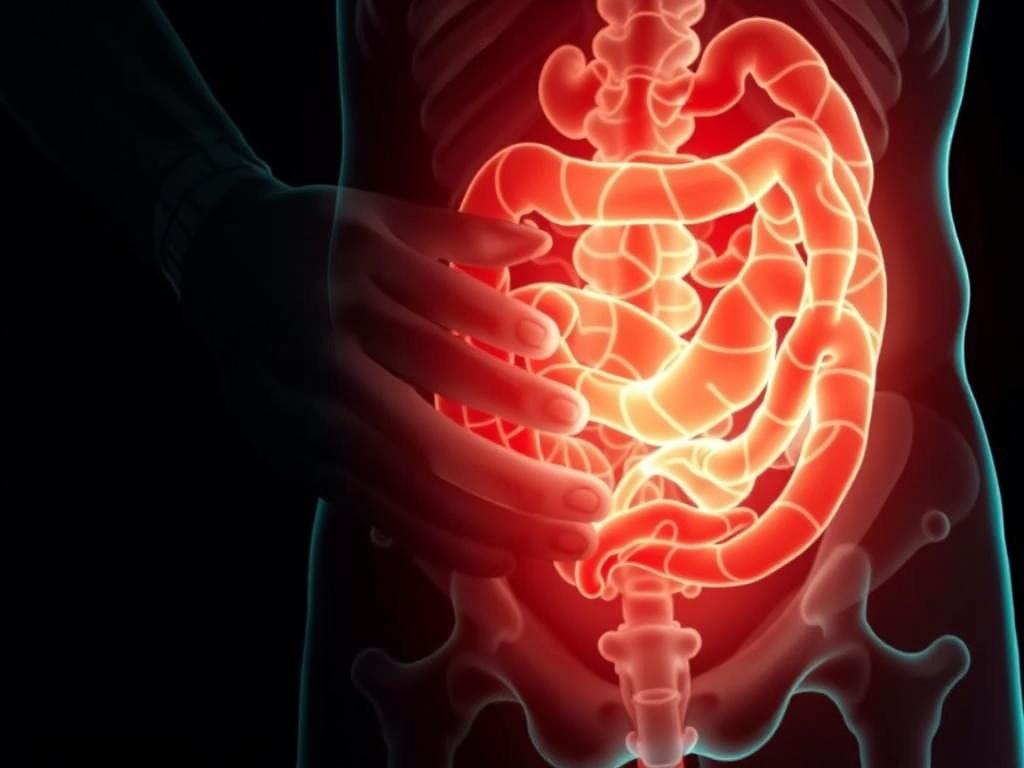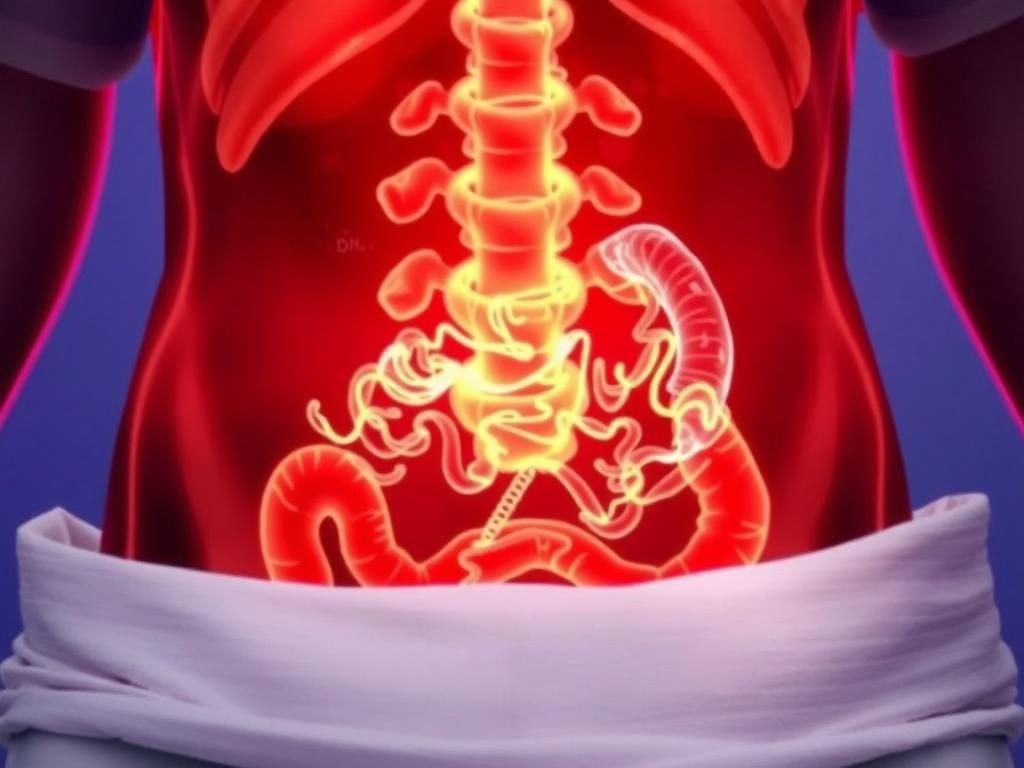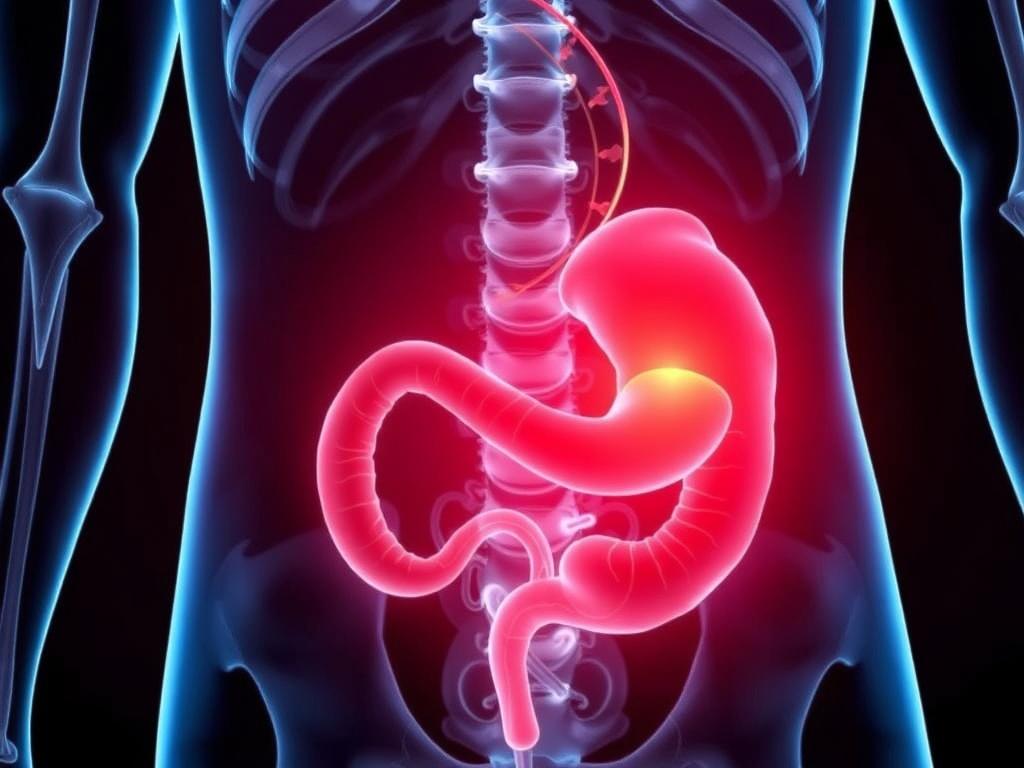Appendicitis is one of the most common emergency surgical conditions worldwide, yet despite advances in medical technology and diagnostic tools, appendicitis misdiagnosis remains a significant concern. The consequences of failing to identify appendicitis accurately can be severe, leading to complications such as a ruptured appendix, increased patient morbidity, longer hospital stays, and even life-threatening infections. In this article, we will explore why appendicitis misdiagnosis happens, the symptoms that can be misleading, the diagnostic tests involved, and how healthcare professionals can improve accuracy. We’ll also discuss what patients should know to advocate for themselves and avoid becoming a victim of appendicitis misdiagnosis.
What Is Appendicitis and Why Is Accurate Diagnosis Crucial?

Appendicitis is inflammation of the appendix, a small finger-shaped pouch attached to the large intestine. This condition usually requires urgent surgical removal of the appendix — a procedure known as an appendectomy — to prevent complications. The classic symptoms of appendicitis include abdominal pain starting near the navel and then shifting to the lower right abdomen, nausea, vomiting, fever, and loss of appetite. However, appendicitis does not always present with textbook symptoms, and this variability can contribute to appendicitis misdiagnosis.
When appendicitis is not diagnosed promptly and correctly, the appendix can rupture, spilling infectious material into the abdomen and causing peritonitis or an abscess. Such complications dramatically increase the risks for the patient and require more complicated treatments and longer recovery periods. Therefore, health professionals strive to diagnose appendicitis as quickly and accurately as possible.
Why Does Appendicitis Misdiagnosis Occur?

Understanding why appendicitis misdiagnosis happens requires a look into the complexities of symptoms, diagnostic processes, and human factors in healthcare settings. Here are some major reasons for misdiagnosis:
- Variability in Symptoms: Appendicitis symptoms differ widely among patients. For example, children, pregnant women, and the elderly may present with atypical symptoms.
- Similarity to Other Conditions: Many common illnesses mimic appendicitis, such as gastroenteritis, urinary tract infections, ovarian cysts, and pelvic inflammatory disease.
- Limitations of Diagnostic Tests: Although blood tests and imaging techniques like ultrasound and CT scans aid diagnosis, they are not foolproof. False negatives and false positives sometimes mislead clinicians.
- Time Pressure and Clinical Judgment: Emergency room physicians often work under intense time constraints, sometimes making it difficult to observe symptom progression.
- Communication Gaps: Patients may underreport or misunderstand their symptoms, leading to incomplete clinical information.
Typical vs. Atypical Symptoms of Appendicitis
The textbook presentation of appendicitis pain begins near the belly button, then localizes to the lower right side of the abdomen. However, many patients exhibit atypical or subtle symptoms, which often confuse doctors. For example:
| Typical Symptoms | Atypical/Ambiguous Symptoms |
|---|---|
| Sharp pain in lower right abdomen | Diffuse abdominal pain |
| Nausea and vomiting | Only nausea without pain |
| Fever between 99°F – 102°F | Normal or low-grade fever |
| Loss of appetite | Normal appetite or slight increase |
This mix of symptoms makes appendicitis misdiagnosis more likely especially in young children, elderly patients, and pregnant women.
Diagnostic Tools and Their Role in Appendicitis Misdiagnosis
Medical testing aims to reduce the chances of appendicitis misdiagnosis, but no single test offers absolute certainty. Let’s look at the primary diagnostic modalities:
Physical Examination
Doctors perform a detailed abdominal exam to check for signs like tenderness, rebound pain, and guarding. While physical findings remain crucial, they depend heavily on the practitioner’s experience and the patient’s pain response. Conditions like obesity or abdominal scarring complicate such examinations.
Laboratory Tests
Blood tests often show an elevated white blood cell count (leukocytosis) during appendicitis, indicating infection. However, elevated WBC can also occur in many other infections or inflammations. C-reactive protein (CRP) is another marker used in conjunction—but again, it is not specific to appendicitis.
Imaging Techniques
- Ultrasound: Particularly useful in children and pregnant women because it uses no radiation. Still, operator dependency and patient body habitus limit accuracy.
- Computed Tomography (CT) Scan: Often the gold standard, CT scans provide detailed images and are more sensitive in adults. CT scans, however, expose patients to radiation and are not always immediately available.
- MRI: Used in pregnant women when ultrasound is inconclusive. MRI provides excellent soft tissue detail but can be costlier and less available in emergency settings.
How Diagnostic Limitations Contribute to Appendicitis Misdiagnosis
No diagnostic test in isolation offers a 100% accurate diagnosis. Ultrasounds can miss an inflamed appendix, especially if the appendix is located atypically. CT scans, despite high sensitivity, sometimes yield false negatives, particularly early in the disease or if imaging is suboptimal. Lab markers like WBC and CRP lack specificity, causing misinterpretation. These limitations underscore why clinical judgment remains key.
Common Conditions Confused with Appendicitis

Misdiagnosing appendicitis usually means confusing it with other illnesses that mimic its symptoms. Some of the common conditions include:
- Gastroenteritis: Often presents with abdominal pain, nausea, and vomiting but usually includes diarrhea and is self-limited.
- Urinary Tract Infection (UTI): Can cause lower abdominal pain and fever but usually comes with urinary symptoms like burning and frequency.
- Ovarian Cysts or Torsion: Causes pelvic pain similar to appendicitis, particularly in women of reproductive age.
- Pelvic Inflammatory Disease (PID): Presents with lower abdominal pain and fever in women; differentiated by gynecologic history and pelvic exam.
- Mesenteric Adenitis: Inflammation of lymph nodes in the abdomen, commonly in children, mimics appendicitis symptoms but usually resolves without surgery.
Differentiating these conditions requires skilled assessment, targeted investigations, and often observation over time.
The Impact of Appendicitis Misdiagnosis on Patients and Healthcare
The implications of appendicitis misdiagnosis are far-reaching. From a patient’s perspective, delayed or missed diagnosis can lead to ruptured appendix, sepsis, and prolonged hospitalization. On the other hand, unnecessary surgeries due to false positive diagnosis cause surgical risks, pain, and increased healthcare costs.
| Consequence | Description | Impact on Patient |
|---|---|---|
| Delayed Diagnosis | Missed or late appendicitis diagnosis | Risks rupture, peritonitis, sepsis, longer recovery |
| False Positive Diagnosis | Appendectomy performed on non-appendicitis cases | Unnecessary surgery risks, recovery, psychological distress |
| Repeat Hospital Visits | Initial misdiagnosis leads to repeated ED visits | Increased anxiety, healthcare burden, delayed treatment |
Strategies to Reduce Appendicitis Misdiagnosis
Given the risks, it is vital for clinicians to have strategies to reduce appendicitis misdiagnosis. Some effective approaches include:
- Multidisciplinary Collaboration: Surgeons, radiologists, and emergency physicians should work closely when diagnosing suspected appendicitis cases.
- Use of Scoring Systems: Clinical scores like Alvarado or Pediatric Appendicitis Score combine symptoms, signs, and lab tests to stratify the risk.
- Observation and Re-evaluation: When in doubt, observing selected patients and repeating exams and tests help distinguish who really needs surgery.
- Advanced Imaging: Use CT or MRI where ultrasound is inconclusive, especially in atypical presentations.
- Patient Education: Encouraging patients to report all symptoms clearly and return if symptoms worsen ensures better assessment.
Alvarado Score: A Helpful Tool
The Alvarado scoring system is a simple clinical tool that helps evaluate the likelihood of appendicitis by assigning points to various symptoms and signs. It includes criteria like migration of pain, anorexia, nausea/vomiting, tenderness in the right lower quadrant, rebound pain, elevated temperature, leukocytosis, and shift of WBC count.
| Symptom/Sign | Points |
|---|---|
| Migration of pain to the right lower quadrant | 1 |
| Anorexia (loss of appetite) | 1 |
| Nausea or vomiting | 1 |
| Tenderness in the right lower quadrant | 2 |
| Rebound pain | 1 |
| Elevated temperature (>37.3°C) | 1 |
| Leukocytosis (WBC >10,000/mm³) | 2 |
| Shift to the left (neutrophilia) | 1 |
A total score of 7 or more suggests a high probability of appendicitis, aiding decision-making and potentially reducing misdiagnosis.
What Patients Should Know About Appendicitis Misdiagnosis
Patients play a crucial role in the diagnostic process. Since appendicitis symptoms can be subtle or variable, patients need to advocate for themselves by:
- Clearly describing all symptoms, even if they seem unrelated.
- Being persistent if symptoms worsen or do not improve.
- Seeking second opinions or returning to the hospital if initially discharged but pain escalates.
- Understanding that sometimes observation and repeat evaluation may be necessary instead of immediate surgery.
- Knowing the typical progression of appendicitis symptoms for early recognition.
Signs That Should Prompt Immediate Medical Attention
If you experience any of the following symptoms, it is important to seek prompt emergency care due to the possibility of appendicitis:
- Sudden severe abdominal pain especially on the lower right side
- Persistent nausea and vomiting
- Fever accompanied by abdominal pain
- Inability to pass gas or bowel movements
- Abdominal swelling or tenderness
Future Directions: Innovations to Reduce Appendicitis Misdiagnosis
Ongoing research aims to improve diagnostic accuracy and reduce the incidence of appendicitis misdiagnosis. Potential advances include:
- Biomarkers: Identifying specific blood markers that uniquely signal appendicitis could refine diagnosis.
- Point-of-Care Ultrasound: Enhancing bedside ultrasound skills among emergency physicians to get immediate accurate results.
- Artificial Intelligence: Using AI algorithms to analyze clinical and imaging data and assist in risk stratification.
- Better Clinical Protocols: Updated guidelines incorporating new evidence to standardize diagnosis and management pathways.
These innovations hold promise to reduce diagnostic errors and improve patient outcomes in appendicitis care.
Summary Table: Pros and Cons of Appendicitis Diagnostic Methods
| Diagnostic Method | Advantages | Disadvantages |
|---|---|---|
| Physical Exam | Quick, no cost, widely available | Subjective, depends on experience, limited in some patients |
| Blood Tests (WBC, CRP) | Supports diagnosis, easy to perform | Non-specific, can be normal early on |
| Ultrasound | No radiation, good for children/pregnant women | Operator-dependent, limited by body type |
| CT Scan | High accuracy, detailed images | Radiation exposure, cost, availability |
| MRI | No radiation, excellent soft tissue contrast | Costly, not always available, longer procedure |
Conclusion
Appendicitis misdiagnosis remains a challenging issue due to the variable presentation of symptoms, similarities with other abdominal conditions, and limitations of diagnostic tools. While advances like CT scans and clinical scoring systems have improved diagnostic accuracy, misdiagnosis still occurs, sometimes with serious consequences for patients. The key to minimizing errors lies in a combination of thorough clinical assessment, appropriate use of imaging and lab tests, multidisciplinary collaboration, and effective patient communication. Patients can also help by clearly reporting symptoms and seeking timely medical attention. As research progresses, future innovations such as better biomarkers and AI-assisted diagnosis promise to further reduce appendicitis misdiagnosis, enhancing patient safety and outcomes. Understanding these complexities equips both healthcare providers and patients to approach appendicitis diagnosis with greater awareness and vigilance.



